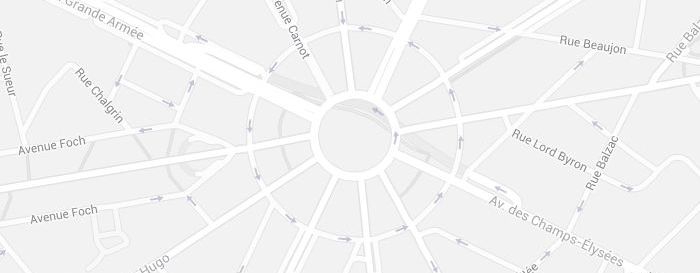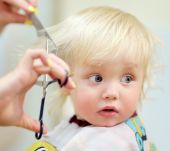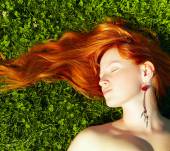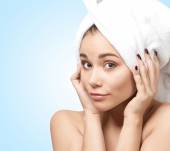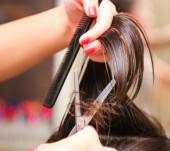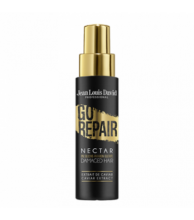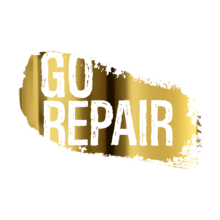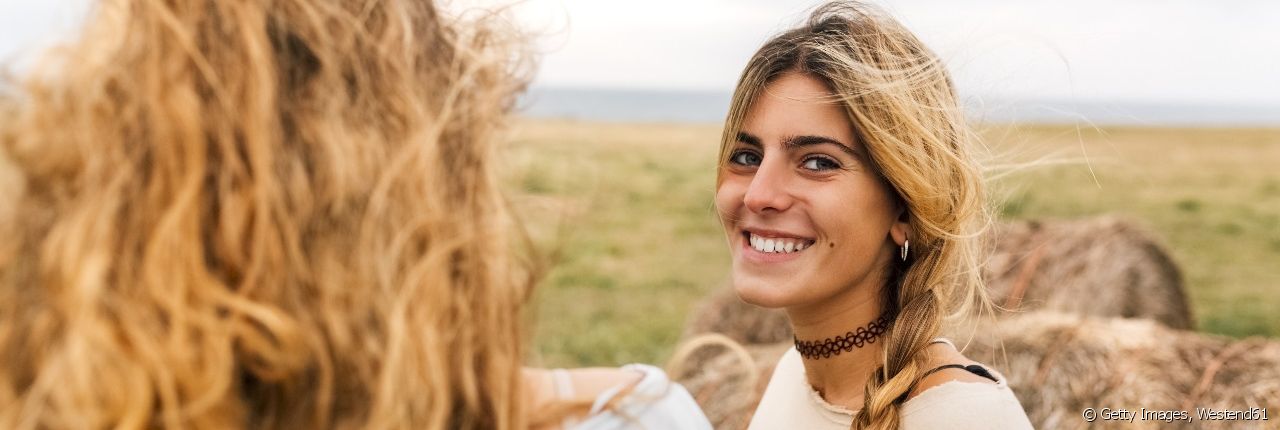
What are the no-poo and low-poo trends?
Is excessive use of shampoo counterproductive? That is the message given out by fans of no-poo and low-poo. We take a closer look at these new trends.
Is no-poo a detox for your hair? An import from the United States, this trend consists of replacing standard shampoo with a 100% natural product. The less radical low-poo trend “allows” the use of shampoo but on three conditions: that it be pH neutral, that its formula be free of sulphates, parabens and silicon and that it be used once a month. In both cases, the aim is to provide another alternative for your locks by avoiding chemical formulations, which are considered too damaging for the hair fibre and scalp.
Which product should you use?
Only raw natural products for the no-poo trend. For example, fans of this trend can mix clay, rose water and argan oil and apply the paste to wet hair before rinsing in clean water. To replace dry shampoo, they can sprinkle flour onto their roots. Then comes the task of removing it along with all the impurities that it has drawn out…
As for low-poo, the products used are always made from cleansing cream (without the active ingredients mentioned above), which is often organic. One piece of advice is to opt for rice protein based compositions, which are known for hydrating and adding volume to your hair.
I have greasy hair, can I try out these trends?
No, they are highly inadvisable for those with greasy hair, as well as those with dry scalps which require targeted treatments.
How should I go about trying out this trend?
Ideally try out this trend during a period when you can leave your hair looking more natural. Cutting down on standard hairwashes, or cutting them out completely, will immediately have an impact on your scalp. It will make your locks more greasy. However, if you hold out, a small two week/month detox will be enough to revive your highlights, restore your hair’s volume and get healthier looking hair.
One tip if you are going to try out one of these trends: opt for hairstyles with accessories to hide your roots, for example, a bandana or a scarf!
You would also like...
-
 Damaged hair
What is your hair type?
Lacklustre locks, excess sebum, dry tips. To treat your locks with a targeted haircare regime, the first step is to determine your hair type. Here are three criteria for a quick assessment. First criteria: The…
Damaged hair
What is your hair type?
Lacklustre locks, excess sebum, dry tips. To treat your locks with a targeted haircare regime, the first step is to determine your hair type. Here are three criteria for a quick assessment. First criteria: The… -
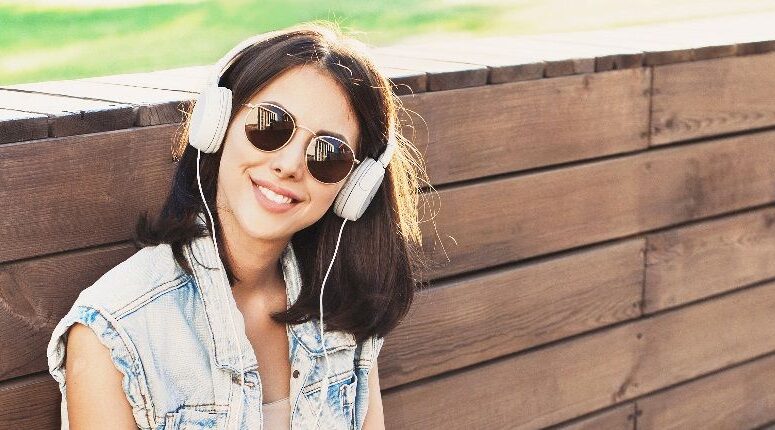 Damaged hair
Wearing headphones: what effects does it have on your hair?
Music lovers take note: your trusty music accessory is not without risks for your locks. What are the hair issues that you may encounter when you wear headphones, and what should you do to avoid…
Damaged hair
Wearing headphones: what effects does it have on your hair?
Music lovers take note: your trusty music accessory is not without risks for your locks. What are the hair issues that you may encounter when you wear headphones, and what should you do to avoid… -
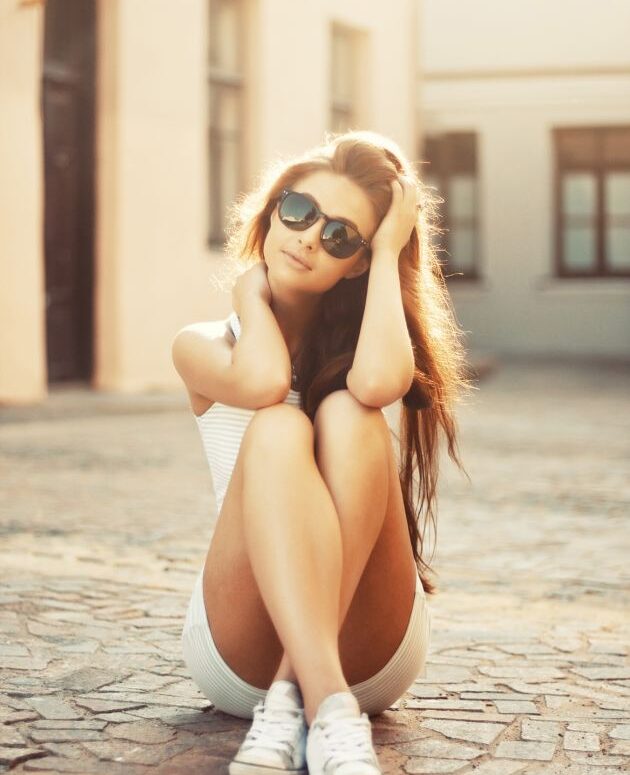 Damaged hair
Split ends: persistent preconceived ideas
Dry, damaged tips: you think you know everything about split ends but these strands split in two have created some stubborn preconceived ideas. We take a closer look. 1. Split ends can be repaired with…
Damaged hair
Split ends: persistent preconceived ideas
Dry, damaged tips: you think you know everything about split ends but these strands split in two have created some stubborn preconceived ideas. We take a closer look. 1. Split ends can be repaired with… -
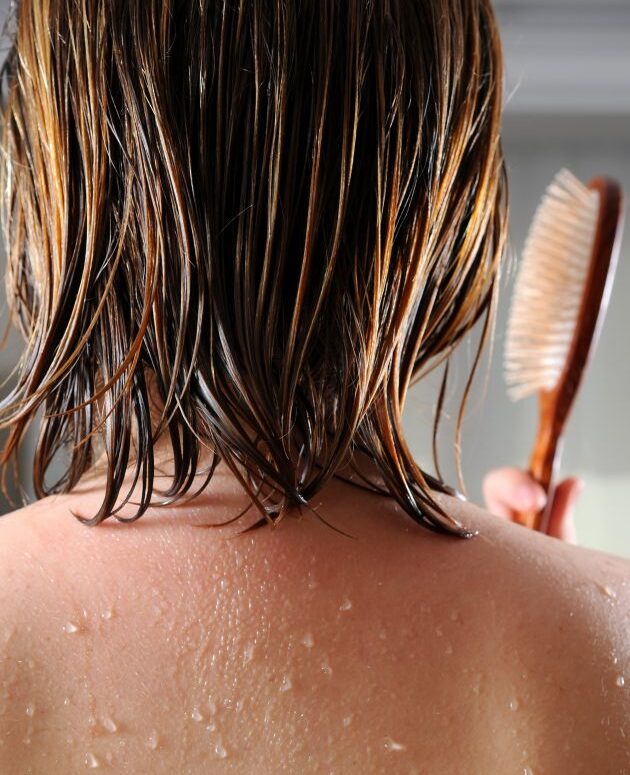 Damaged hair
Why shouldn't you brush wet hair?
Have you got into the habit of brushing your hair immediately after washing? Find out why this is not as good an idea as it may seem. Wet hair is very fragile Water loosens and…
Damaged hair
Why shouldn't you brush wet hair?
Have you got into the habit of brushing your hair immediately after washing? Find out why this is not as good an idea as it may seem. Wet hair is very fragile Water loosens and…
Not to be missed
-
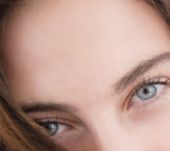 Damaged hair Hair: how to prepare for seasonal hair loss
Damaged hair Hair: how to prepare for seasonal hair loss -
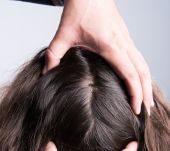 Damaged hair Dry scalp: consequences and solutions
Damaged hair Dry scalp: consequences and solutions -
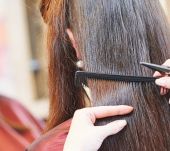
-
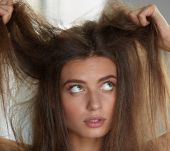 Damaged hair Ten common misconceptions about dry hair
Damaged hair Ten common misconceptions about dry hair

 France
France
 Spain
Spain
 Italy
Italy
 Polska
Polska
 Portugal
Portugal
 Mexico
Mexico
![[EN] Jean Louis David [EN] Jean Louis David](https://www.jeanlouisdavid.us/app/themes/jld/dist/images/svg/logo-jean-louis-david.svg)
